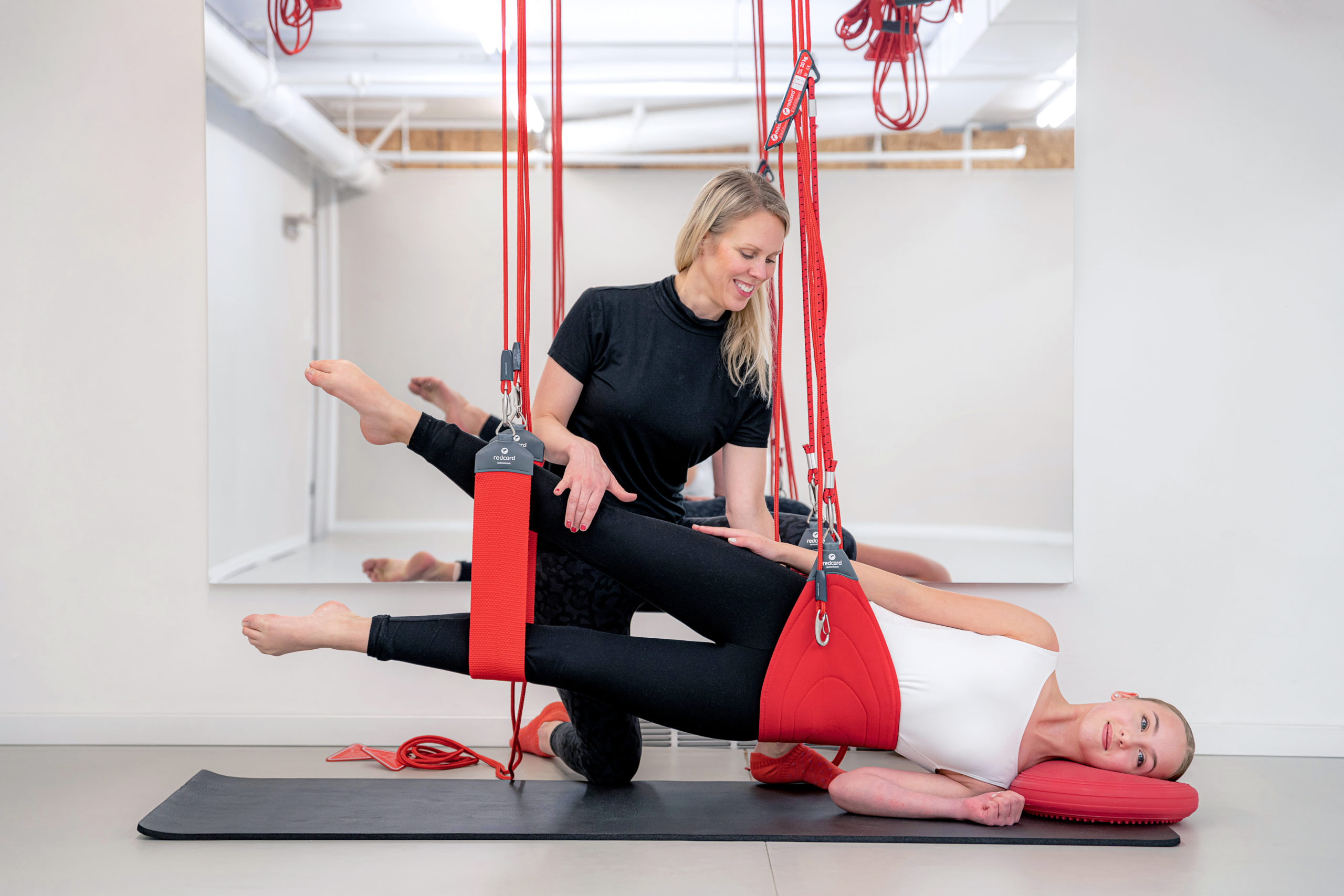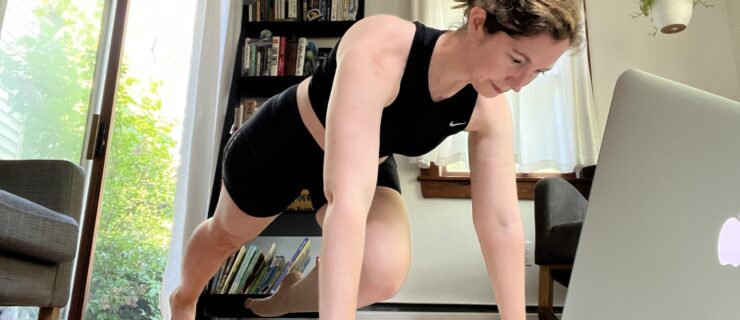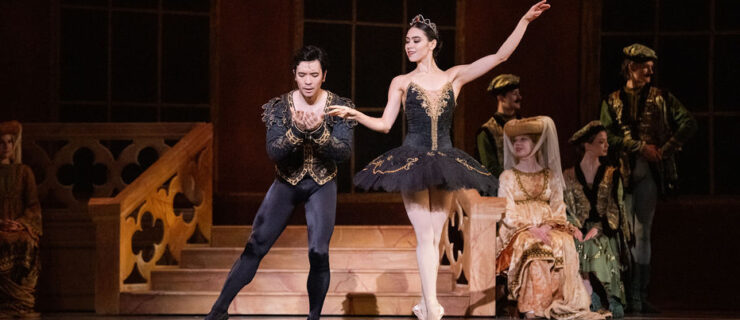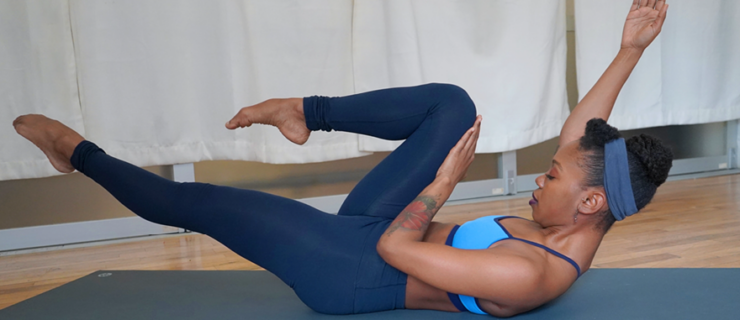What Is Redcord Training? Learn Why This Method Is Catching On With Dancers
When former ballet dancer Nikki Bybee was first encouraged by her friend to try Redcord training, her initial thought was “It’s okay, I do Pilates.” At the time, she had no idea that exercising while methodically suspended by ropes could yield a myriad of benefits. But after noticing her friend in class looking particularly well-balanced and effortless, she reconsidered. When she tried it for herself, she wondered: “Why aren’t we all doing this?!” Now Bybee is the owner of Salt Lake City’s Sugarhouse Training and Conditioning, a studio that exclusively offers Redcord and has a robust dancer clientele.
Redcord therapy was established in 1991 by couple Grete and Petter Planke with Petter’s brother Tore Planke. The concept is built around a patented piece of equipment called a Trainer, which is a suspension device invented by former Norwegian gymnast Kåre Mosberg. The Trainer helps to offload different muscles, making it easier to focus on high neuromuscular effort (brain–body connection) and target specific small or weak muscles. Clients do simple exercises, like planking or bridging, with certain parts of the body suspended from the ceiling via ropes and slings.
This might sound easy, but when bigger muscles (like quads and glutes) can’t fire up or take over, it’s surprisingly hard to start movement from your core and wake up the smaller-but-crucial muscles we often neglect. Redcord helps you work more effectively and congruently because it focuses on how the entire body contributes to moving.
Amanda Harris, a Redcord Active Specialist who has worked with student, professional and retired dancers, explains that even when weak muscles are reactivated and strengthened, they still need to be retrained to engage in an optimal order. Dancers repeat the same movement patterns over and over—for instance, just think of how many tendus you do in every class. This repetition causes compensation patterns to develop, which eventually create a need to build more compensation patterns. Over time you can create layers of imbalanced movement. “Redcord peels back those layers and turns on muscles that have been shut down so we can relearn how to move to avoid injury or muscle shutdown from happening again,” says Harris.
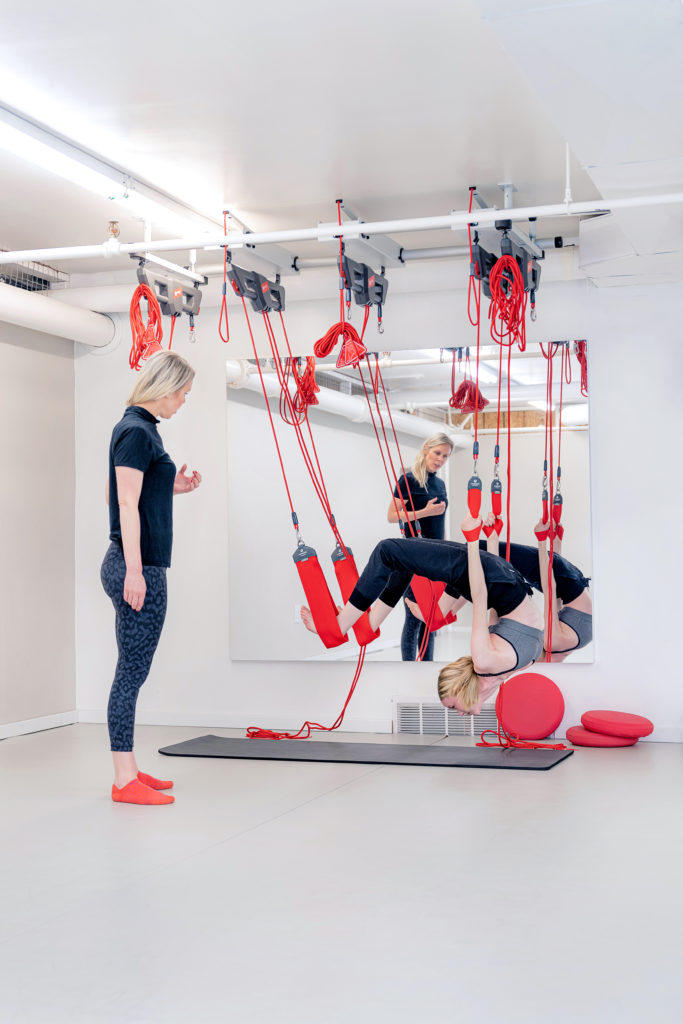
Retraining movement sequencing probably seems like a daunting task, but Harris notes that every dancer she works with has an advantage since they are already so in tune with their bodies.
Redcord can also improve coordination and your ability to power from the floor for jumps and pirouettes. Bybee found that when she first started offering private sessions to dancers, her students began achieving more balanced, effortless movement. She suggests this is because the training equalizes strength throughout the body and focuses on the order in which muscles activate into movement. This carries over to ballet class because when you improve balance and communication between different parts of the body, you can cue alignment corrections before going into a position.
Practicing Redcord isn’t without challenges. One is that a specialist might not be close by, as the practice is not yet widely available. The other is that sessions are often costly, about $100 and up for an hour-long private session. Some dancers address this by taking private sessions every four weeks and augmenting the in-between time with group classes. Or some invest in a Redcord Mini, which can attach to a door, ceiling or barre and achieve similar results as the Trainer.
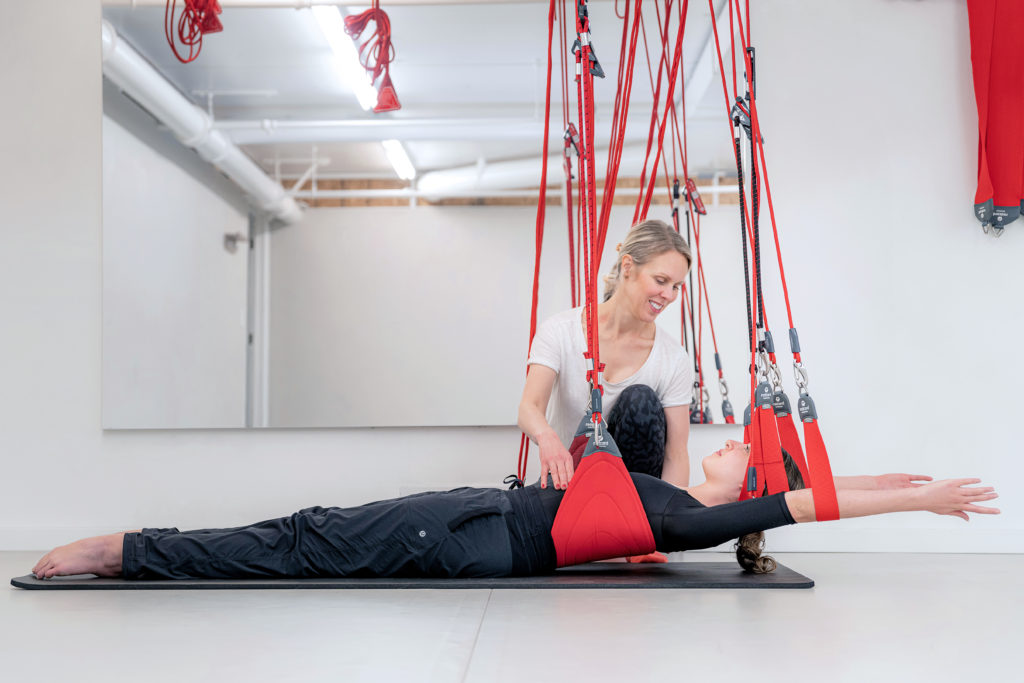
Another way to utilize Redcord training is to have a few initial sessions to learn where your weaknesses are and then create an “out of the cords” exercise regimen to strengthen those areas. Liz Walker, a former dancer with Los Angeles Ballet, says she enjoyed multiple “Aha!” moments after a couple of sessions at Postureworks Physical Therapy in Santa Monica, California. She recalls trying a side plank with her pelvis and top leg suspended in a sling. “One side was totally effortless and then the other side I couldn’t even do,” says Walker, who was recovering from an ankle injury at the time. “It really showed me how imbalanced I was and how I needed to target that area.” Using information gathered from those sessions, Walker and her physical therapist homed in on a whole-body recovery plan.
Redcord training has the potential to be a game-changing, low-impact activity for ballet dancers, from injury prevention to improved alignment and brain–body connection.
